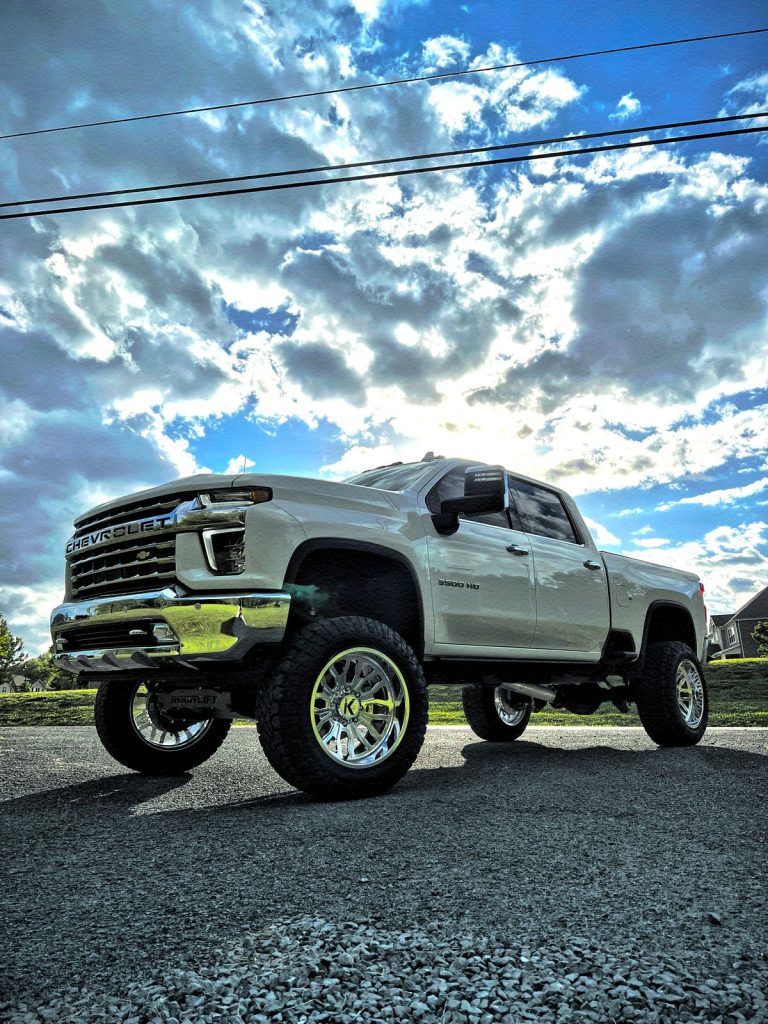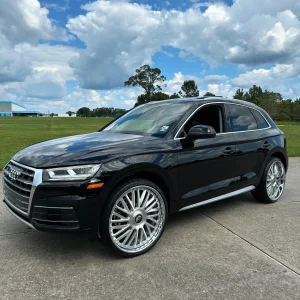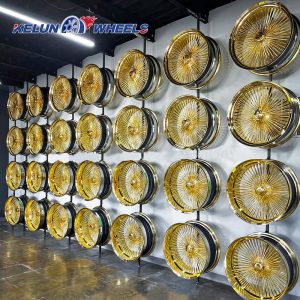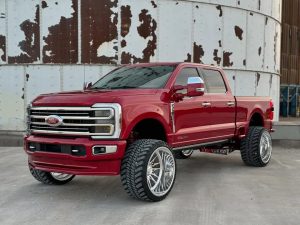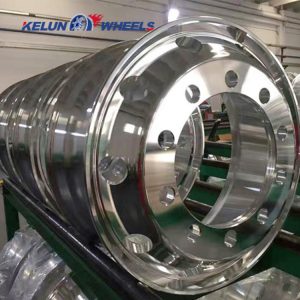Sample text
-
whatsapp: +8616696837711
-
wheelim@kelunautoparts.com
-
营业时间 24H
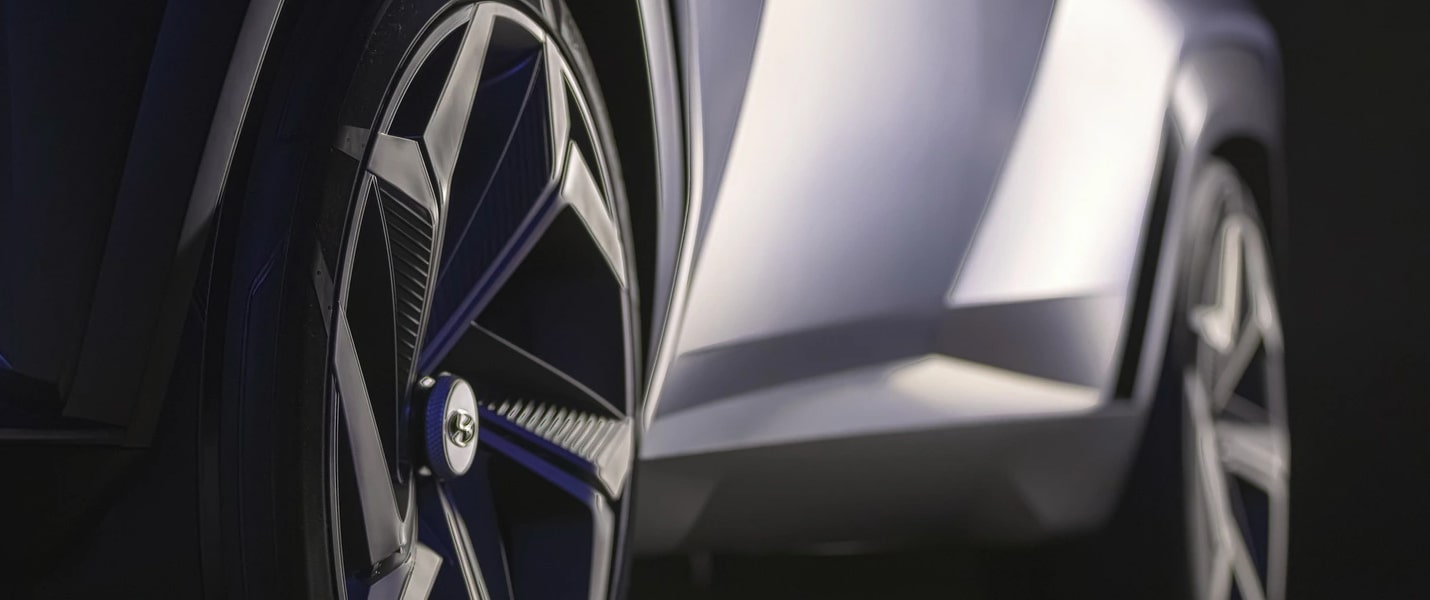
“Wheel Tuning Guide: a recipe for improved looks and handling”
Wheel Tuning Guide: A Recipe for Improved Looks and Handling
Upgrading your vehicle’s wheels is one of the most effective ways to enhance both its aesthetics and performance. Whether you’re a car enthusiast or simply looking to improve your daily driver, this guide will walk you through the key considerations for wheel tuning to achieve better looks and handling.
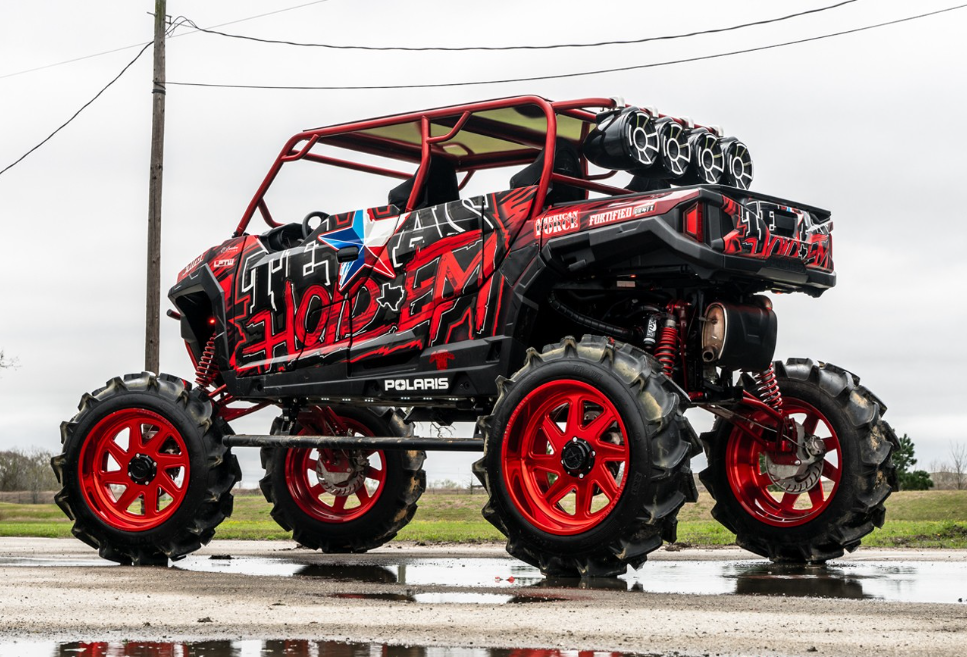
1. Choose the Right Wheel Size
- Larger Wheels: Larger wheels (e.g., 18” or 19”) can give your car a more aggressive and modern look. They also allow for larger brake kits, which can improve stopping power.
- Smaller Wheels: Smaller wheels with thicker tires provide a smoother ride and better performance on rough roads.
- Fitment: Ensure the wheel size is compatible with your vehicle’s specifications. Check the bolt pattern, offset, and hub diameter to avoid fitment issues.
2. Consider Wheel Weight
- Lighter Wheels: Lightweight wheels (e.g., forged aluminum or carbon fiber) reduce unsprung weight, improving acceleration, braking, and handling.
- Heavier Wheels: While heavier wheels may be more durable, they can negatively impact performance and fuel efficiency.
3. Select the Right Material
- Alloy Wheels: Lightweight and stylish, alloy wheels are a popular choice for improved handling and looks.
- Steel Wheels: Heavier but more durable, ideal for off-road or rugged use.
- Forged Wheels: Stronger and lighter than cast wheels, but more expensive.
4. Optimize Tire Selection
- Wider Tires: Wider tires provide better grip and stability, especially during cornering.
- Aspect Ratio: Lower profile tires (e.g., 40 or 45 series) improve handling but may reduce ride comfort.
- Tire Compound: High-performance tires offer better traction and responsiveness.
5. Adjust Offset and Width
- Offset: The distance between the wheel’s mounting surface and its centerline. A lower offset pushes the wheel out, creating a more aggressive stance.
- Width: Wider wheels can accommodate wider tires, improving grip and stability.
6. Suspension Modifications
- Lowering Springs or Coilovers: Lowering your car’s center of gravity improves handling and gives it a sportier look.
- Camber Adjustment: Slight negative camber can enhance cornering performance but may increase tire wear.
7. Balance Aesthetics and Functionality
- Design: Choose a wheel design that complements your car’s style (e.g., multi-spoke for a sporty look, mesh for a classic vibe).
- Color: Match or contrast the wheel color with your car’s paint for a cohesive or striking appearance.
8. Regular Maintenance
- Alignment: Ensure proper wheel alignment to prevent uneven tire wear and maintain handling.
- Cleaning: Keep your wheels clean to preserve their finish and appearance.
9. Test and Tweak
- After installation, test your car’s handling and comfort. Make adjustments as needed to achieve the perfect balance between looks and performance.
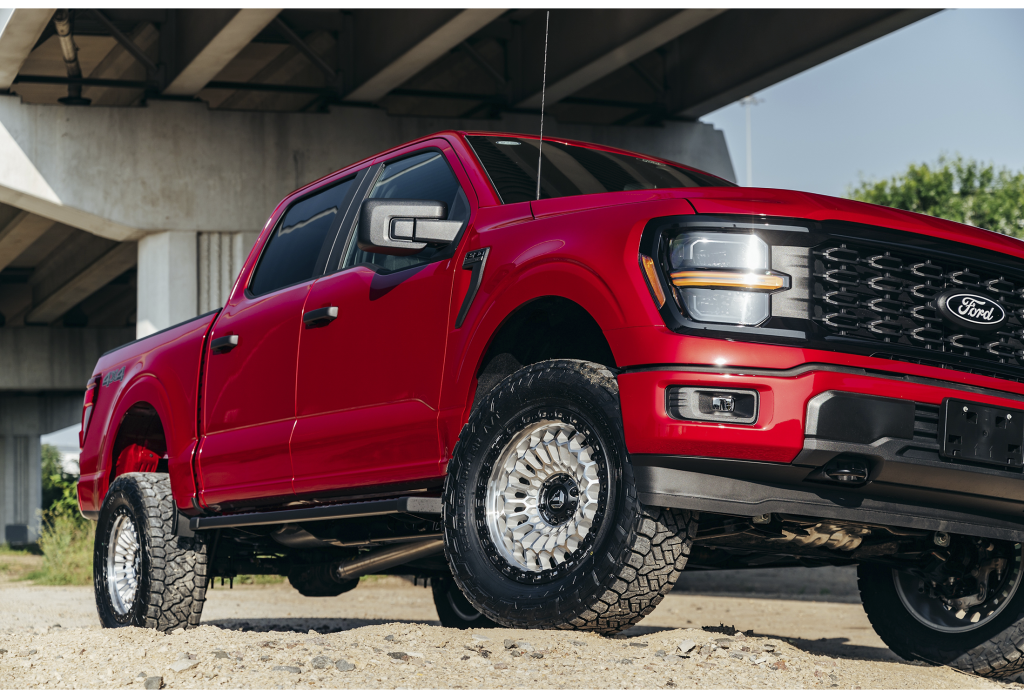
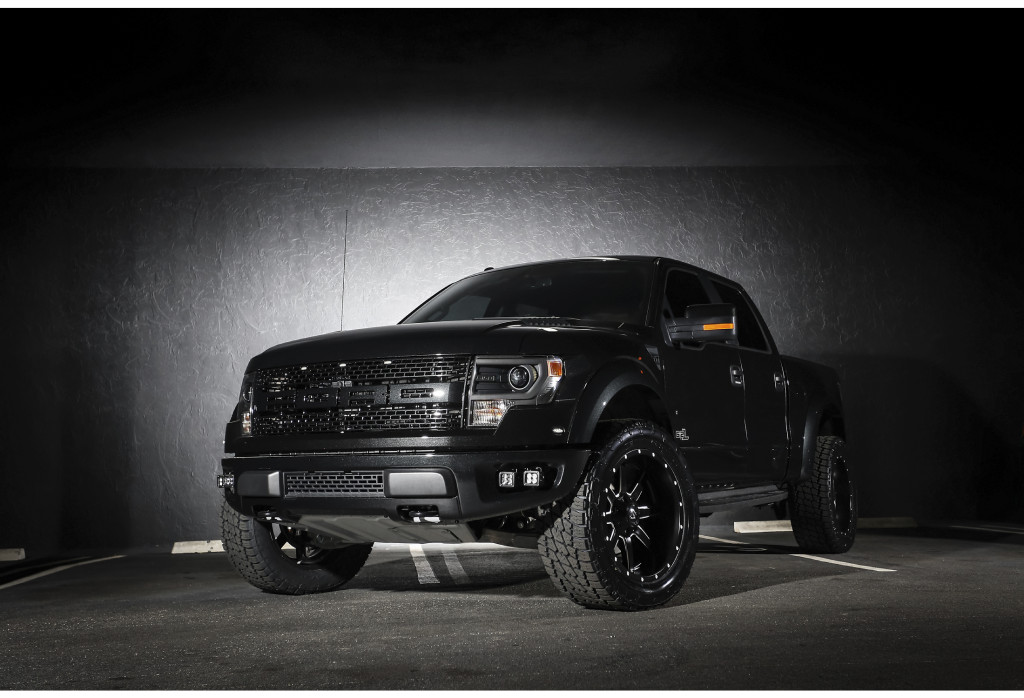
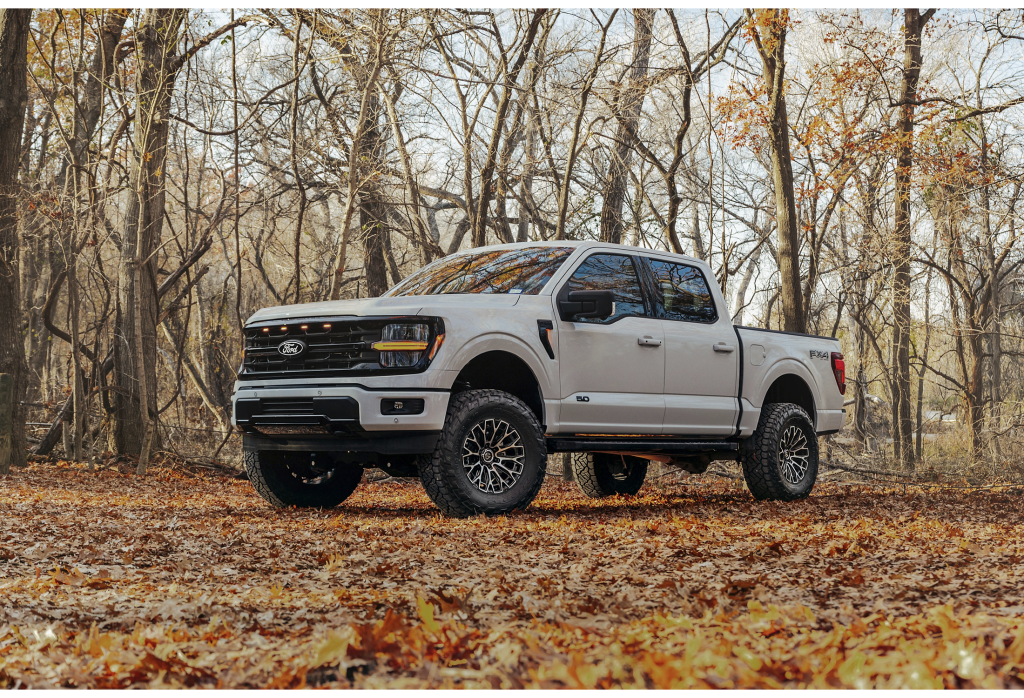
By carefully selecting and tuning your wheels, you can transform your vehicle’s appearance and driving dynamics. Whether you prioritize style, performance, or a mix of both, this guide will help you achieve your goals.
